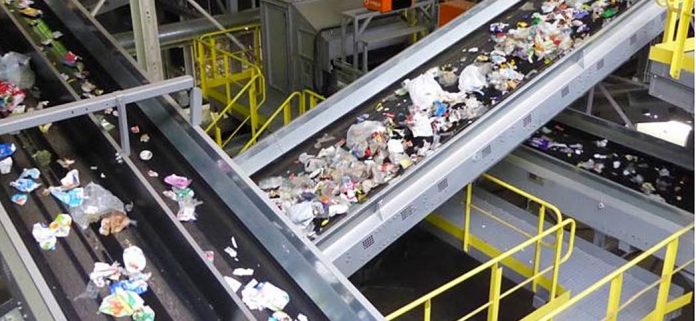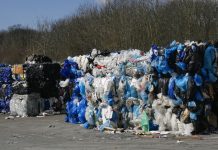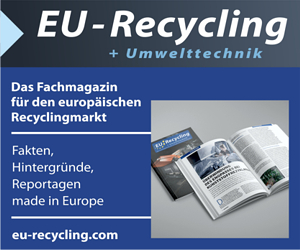Guidelines on the characterisation of recycling input waste published.
The recycling input characterisation guiding requirements, developed by Plastics Recyclers Europe and based on the expertise of European plastics recyclers, are aimed at encouraging the increasing quality of plastics recycling. These documents provide an information benchmark and a harmonised system of characterising the recyclers’ input, guiding the European market towards efficient, sustainable plastics waste management.
Given the latest market developments, existing guidelines [1] were updated and additional ones created, to cover the biggest recycling streams in Europe. The guidelines are now available for: PE and PP films, PE-HD containers, rigid PP, PS packaging, rigid and flexible PVC, WEEE and ELV, and those for clear, clear-blue, light blue and coloured PET waste.
To drive the quality of collected and sorted plastics, characterisation of the waste that reaches the recycling plants must be coherent and drastically improved across the EU. Recycling input characterisation guiding requirements specify the main properties that define the type, origins and characteristics of the sorted waste, levels of impurities, means of transportation and supplier information. The documents can be used both by the sorting centres and the recycling facilities to verify the reliability of suppliers and, along with the contractually agreed specifications, to characterise the content of the bales. Furthermore, they can serve as an information benchmark in the process of checking the quality of the bales.
Sorting of plastics according to defined streams improves the efficiency of the recycling process and increases the quality of recyclates. To accommodate for this, the guidelines were developed per product type to preserve as much as possible the value of materials. In addition, the guidelines can be applied to various waste collection systems.
As the industry evolves and as individual companies advance towards circular economy, the guiding documents will have to be adjusted based on individual needs and the market changes. However, these are guidelines are an additional step towards a harmonised and well-established secondary raw materials market in Europe.
Coordinated actions and practices among the value chain players are instrumental in establishing reliable standards and best practices; therefore, the success of these guidelines depends on the wide-spread uptake by the relevant players. Moreover, all users of the guidelines as well as stakeholders are invited to provide feedback on the same, with the aim of improving them and adapting their suitability towards industry’s needs.
[1] The documents, previously known as bales characterisation guidelines, were first released in 2017 and covered seven different streams.
Source: Plastics Recyclers Europe






